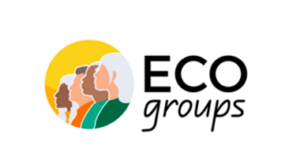Equity Community Organizing (ECO) Groups

The SCAN Foundation, with co-funding from the California Health Care Foundation and Metta Fund, have funded four California-based organizations to form “Equity Community Organizing Groups” (ECO Groups) after a thoughtful application process that attracted interest from more than 70 organizations statewide. From January 2024 through June 2025, each organization will leverage a community organizing approach to help address the health inequities older adults face in their community. Key aspects of their work will elevate and center the voices and lived experiences of older adults in an effort to shift power back to the community. READ THE FULL PRESS RELEASE
Within 2024, the ECO Groups will focus on the following activities:
- Identify and prioritize the key drivers of the health inequities identified by the Greater Good Studio “Stories of Movement” report that reflect their communities’ experiences
- Work together to codesign solutions that address these inequities
- Move from community engagement to community ownership
Featured Videos
Equity Community Organizing (ECO) Groups
The Equity Community Organizing (ECO) Groups are an integral part of The SCAN Foundation’s commitment to advancing health equity for older adults. In collaboration with the California Health Care Foundation, this initiative empowers California-based organizations to address the unique challenges faced by communities of color and other marginalized groups. ECO Groups focus on reducing health inequities by fostering deep community engagement and cross-sector collaboration, targeting the intersection of race, ethnicity, and factors such as age, gender, disability, sexual orientation, socioeconomic status, and immigration status. Through this work, ECO Groups aim to create lasting, impactful change for older adults in marginalized communities.

